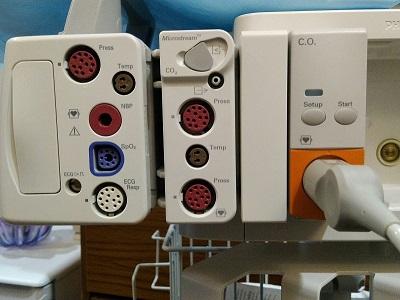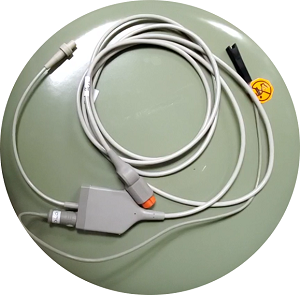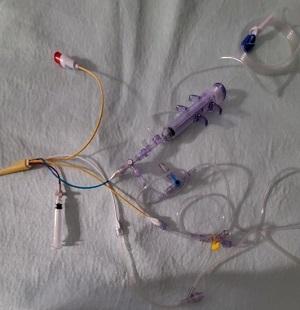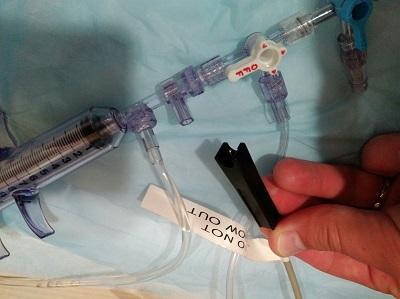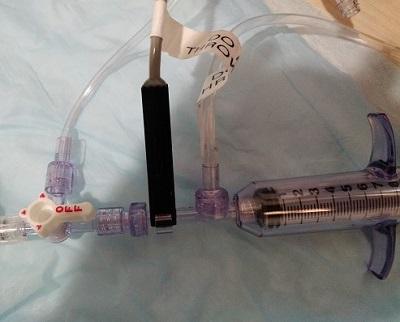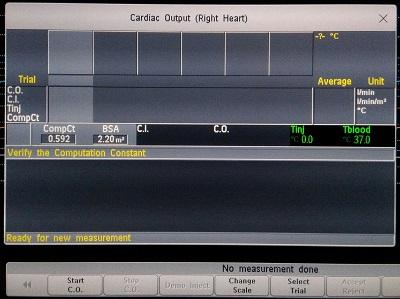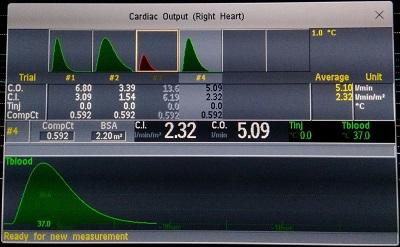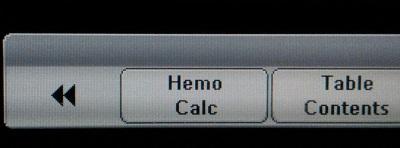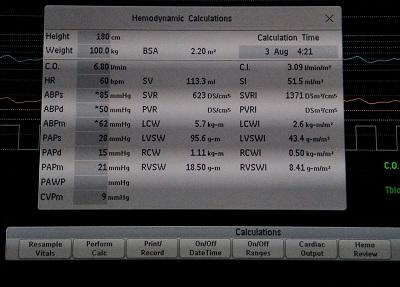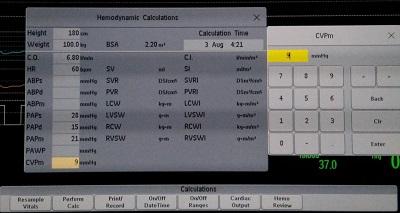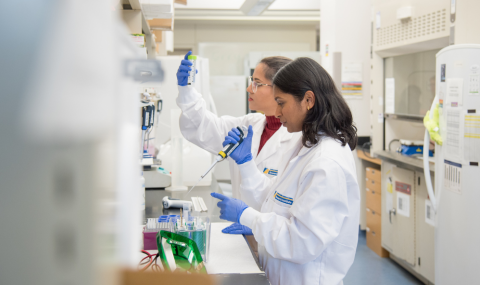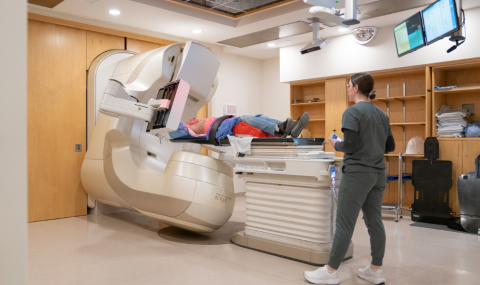| ||||||||||||||||||||||||||||||||||||||||||||||
Developed: August 3, 2006 REFERENCES
2. Lenart S, Polissar NL. Comparison of 2 methods for postpyloric placement of enteral feeding tubes. American Journal of Critical Care. 2003; 12:357-360. 3. Griffith DP, McNally AT, Battey CH, et al. Intravenous erythromycin facilitates bedside placement of post pyloric feeding tubes in critically ill adults: A double-blind, randomized placebo-controlled study. Critical Care Medicine. 2003; 31:39-44. 4. Booth, CM., Heyland, DK., Paterson, WG. (2002). Gastrointestinal promotility agents in critical care: A systematic review. Crit Care Med. 2002 Jul;30(7):1429-35. 5. Zaloga GP, Roberts PR. Bedside placement of enteral feeding tubes in the intensive care unit. Critical Care Medicine. 1998; 26:987-988. 6. Carroll GC. A Technique that improves the safety of feeding tube insertion. Critical Care Medicine. 2003; 31:1603-1604. 7. Thurlow PM. Techniques, materials and devices: Bedside enteral feeding tube placement in duodenum and jejunum. Journal of Parenteral Enteral Nutrition. 1986; 10:104-105. 8. Zaloga GP. Bedside method for placing small bowel feeding tubes in critically ill patients: A prospective study. Chest. 1991; 100:1643-1646. |

